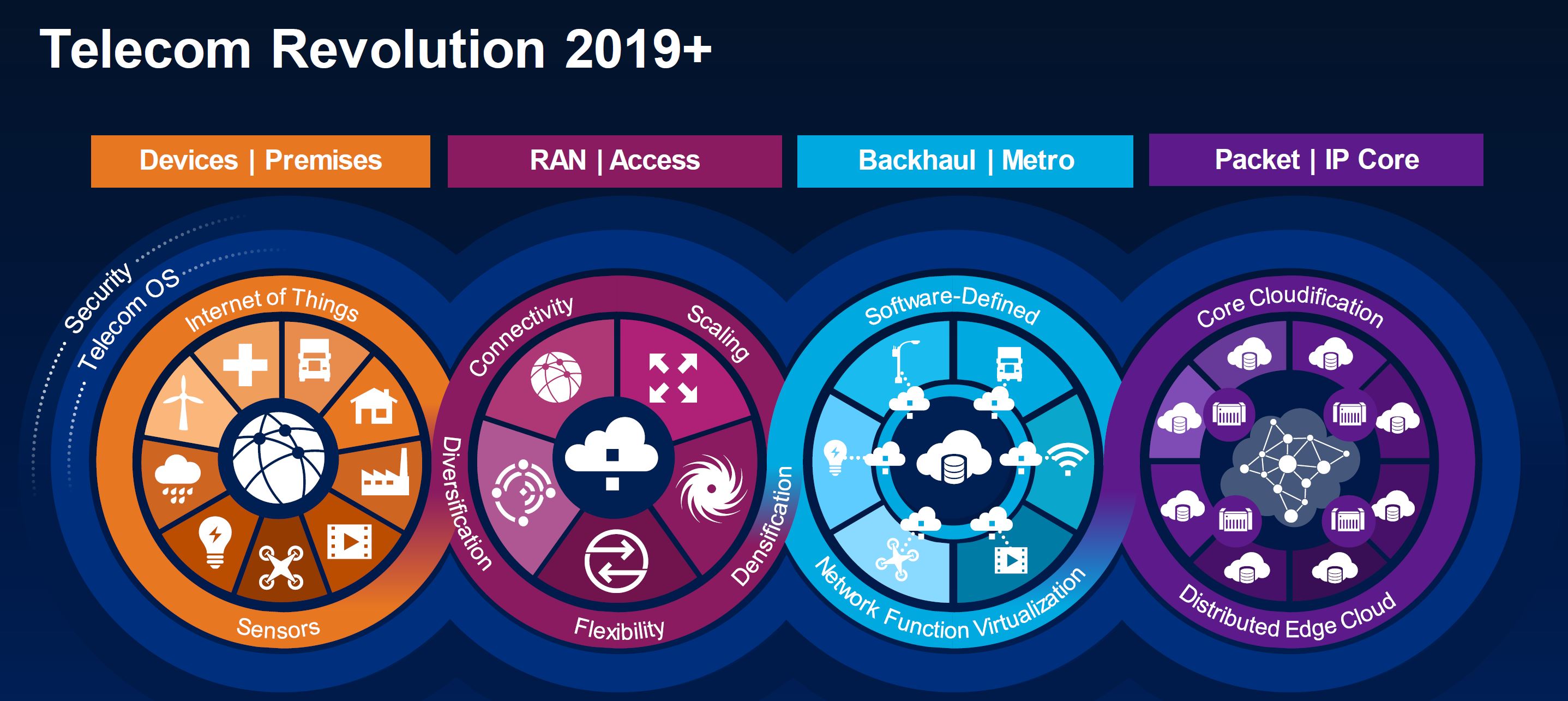Are you looking forward to 2020? No, I am not talking about the next American presidential election! It is the year, according to some, when the first 5G commercial networks could go live. For many telecoms operators 2020 can’t come soon enough.
Why? That’s because there are billions of devices coming online thanks to the Internet of Things (IoT). Gartner predicts that by 2020 there will be over 6.4 billion “connected things” worldwide.
This year, it is estimated that 80 new “things” get connected every second and this number will be upward of 250 new “things’ per second in 2020. These connections are keeping many telecom operators up all night. Their networks will be the workhorse to deliver connectivity to these billions of IoT devices. And many operators are hoping that 5G could be the answer to their IoT prayers, says Sameh Yamany, CTO of Viavi Solutions.
Yet those 5G prayers are falling on deaf ears – at least in the short-term – because standards have yet to be agreed. The good news for consumers – and the wider IoT ecosystem – is that 5G may be coming to homes with fixed telco services as early as 2017.
There are also a number of programs like the White House Advanced Wireless Research Initiative which foster collaboration with the likes of AT&T, T-Mobile, Nokia and Samsung. Such initiatives look at various aspects of next generation technologies and the requirements needed to bring IoT and the “smart always-connected” society to life.
On a cloud and a prayer
IoT’s connectivity requirements are complex – and often contradictory. A surgeon performing a complex telesurgery would require ultra-low latency and high reliability as would self-driving cars that need to pass data on roadside hazards within a matter of nanoseconds to avoid collisions. Contrast that with bandwidth-ravenous 4K video streaming applications that are not mission critical – but still requires the Quality of Experience treatment to ensure that subscribers are happy with the service. All three use cases require bespoke handling.
Now you appreciate why some operators are praying for 5G and losing sleep over this connectivity paradox. Operators need to have the technology in place that not only deliver connectivity – but can also identify, prioritise and optimise data travelling over their networks. 2020 might a few years away, but there are steps that operators can take to minimise – or even negate – potential issues.

A slice of cloud
When it comes to 5G and IoT connectivity, the concept of network slicing plays a crucial role. A network slice is a cloud-based network function that can be managed and programmed from the Radio Access Network (RAN). Think of network slicing as interconnected, multiple cloud deployments that deliver flexibility, agility and control. And thanks to network slicing, operators would be able to program individual aspects of network layers to meet the needs of different IoT devices.
To benefit from this level of flexibility and control, operators should consider Centralised-RAN (C-RAN). C-RAN simplifies cell sites as Baseband Processing Units (BBU) are moved to a centralised location to serve a larger number of remote radio units than a select few.
C-RAN makes it simpler for the operator to deploy network slicing and control multiple clouds over a larger area. Along with C-RAN operators should also consider fiber-based fronthaul. Fiber, compared to conventional copper-based coax cables, has low link loss and delivers higher power and bandwidth connectivity – ideal for network slicing and IoT.
Cloud around the ecosystem
What steps can players on the IoT ecosystem take ahead of 5G? Firstly – this might sound like stating the bleeding obvious – ensure that devices and underlying systems are interoperable. It is not a secret that Apple is looking to boost its IoT line up and recently it was reported that the company was looking for engineers with 5G interoperability expertise. Devices on the IoT ecosystem need to work seamlessly and be programmable across platforms and protocols.
Next, have the infrastructure in place to analyse and share the very high volumes of IoT data that would be generated from the billions of devices and sensors. Speed of analytics and data ingestion are all key considerations. Analytics from data clustering, deep machine learning and predictive analytics would add value not just to the ecosystem – but also to the users of IoT devices.
The Dyn Distributed Denial-of-Service (DDoS) attack last month (October 2016) highlighted how vulnerable IoT devices can be to hacks and malware. Players across the ecosystem must collaborate and be transparent about the different aspects of securing IoT in a 5G world. Some key considerations include: identity and authentication across different network layers; security on control and user planes; vulnerabilities with beamforming and the impact of Software Defined Networking and Network Functions Virtualisation (SDN/NFV) security.
There is certainly a need to build robust security protocols that minimise – or ideally negates – the possibility of attack at every level within the IoT ecosystem.
Cloudy with a chance of IoT
So, can mobile operators – and their IoT partners – tame a multi-cloud 5G landscape or are they destined to get lost in the clouds? That would simply depend on the steps they take now and the technology they deploy. Like some American politicians, there are plenty of telecom looking forward to 2020! But it is never too late to start preparing. Talking of American politics, a quote from Benjamin Franklin would apply to mobile operators who are praying for 5G’s early arrival: By failing to prepare, you are preparing to fail. Act now to secure your 5G future.
The author of this blog is Sameh Yamany, CTO of Viavi Solutions
Comment on this article below or via Twitter: @IoTNow_ OR @jcIoTnow










